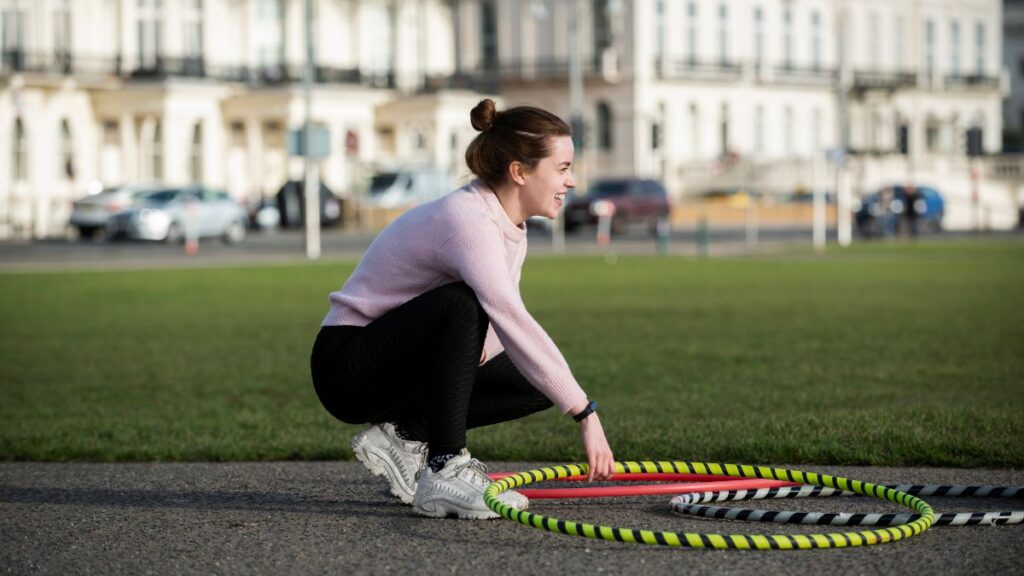Introduction to Polyurethane Tracks
When it comes to athletic performance, the surface athletes compete on plays a critical role. Imagine racing down a track that not only supports your speed but enhances your grip and stability. Enter polyurethane tracks, the game-changing innovation in sports surfaces. These advanced materials are gaining traction across stadiums and gyms worldwide for good reason.
Polyurethane tracks offer more than just aesthetic appeal; they are engineered for optimal performance and safety. As athletes strive to push their limits, having the right foundation can make all the difference between breaking records or facing injury. Let’s delve into how these innovative surfaces have revolutionized track athletics, providing advantages that extend beyond mere functionality.
The Evolution of Track Surfaces in Sports
Track surfaces have come a long way since the early days of sport. Initially, athletes competed on natural grass or dirt tracks, which were prone to unevenness and weather-related issues.
As competition intensified, innovations emerged. Wood surfaced tracks offered better consistency but lacked durability. The introduction of cinder and clay tracks brought improvements in grip but still posed challenges regarding maintenance.
The real game changer was the development of synthetic materials in the late 20th century. These surfaces provided uniformity and enhanced performance while reducing injury risks for athletes.
Today’s polyurethane tracks represent the pinnacle of this evolution. They combine advanced technology with superior elasticity and shock absorption, creating an optimal environment for training and competition alike. This shift has revolutionized how athletes prepare and perform on track fields across the globe.
Benefits of Using Polyurethane Tracks for Athletes
Polyurethane tracks offer a multitude of benefits that enhance athletic performance. First and foremost, they provide superior shock absorption. This feature significantly reduces the impact on joints, allowing athletes to train longer with less risk of injury.
The traction provided by polyurethane surfaces is exceptional. Athletes can achieve optimal grip during sprints or jumps, translating into better acceleration and speed. This enhanced control allows for more dynamic movement without compromising safety.
Additionally, polyurethane tracks are weather-resistant. Rain or shine, these surfaces maintain their integrity and performance characteristics. This durability means athletes spend less time dealing with repairs or cancellations due to poor track conditions.
Moreover, the vibrant colors and markings on polyurethane tracks assist in visual clarity during training sessions and competitions. Athletes can easily spot lanes and field boundaries, which helps improve focus during critical moments in events like races or relays.
Safety Features of Polyurethane Tracks
Polyurethane tracks are designed with athlete safety as a top priority. Their shock-absorbing properties reduce the impact on joints, minimizing the risk of injuries during training and competitions.
These surfaces offer excellent traction, which helps prevent slips and falls. Whether sprinting or making sharp turns, athletes can maintain their footing, allowing for better performance without compromising safety.
Moreover, polyurethane is resistant to extreme weather conditions. It maintains its integrity in both heat and cold, providing a reliable surface year-round. This consistency ensures that athletes face fewer unpredictable hazards related to track conditions.
The durability of polyurethane also plays a role in safety. A well-maintained track minimizes wear and tear that could lead to uneven surfaces or dangerous cracks over time. Inspecting these tracks regularly keeps them safe for all users, from seasoned professionals to newcomers trying out sports activities.
Examples of Successful Implementations in Sports
Many elite athletic facilities have embraced polyurethane tracks, seeing significant improvements in performance. For instance, the University of Oregon’s Hayward Field features a state-of-the-art polyurethane surface. This venue has hosted numerous world-class events and continues to showcase outstanding athlete achievements.
Another notable example is the track at the Olympic Training Center in Colorado Springs. It provides athletes with optimal traction and shock absorption, crucial for training and competition alike.
Internationally, countries like Japan have invested heavily in polyurethane surfaces for their sports complexes. These tracks support both speed and safety, enabling athletes to push their limits without fear of injury.
High school campuses are also adopting this technology. With increased participation in track programs, schools recognize that investing in quality surfaces fosters better performances while prioritizing student-athlete safety.
Maintenance and Long-Term Cost Savings
Maintaining athletic surfaces can be a daunting task. However, polyurethane tracks stand out for their durability and low maintenance requirements. Unlike traditional surfaces that often crack or wear down quickly, these tracks are designed to withstand the test of time.
The investment in polyurethane pays off through significant long-term cost savings. With fewer repairs needed over the years, facilities can allocate funds more effectively toward other essential areas like coaching and equipment.
Another advantage is resilience against weather changes. Polyurethane tracks don’t absorb water as easily as other materials, which minimizes issues related to freezing or expansion during extreme temperatures.
This not only enhances safety but also reduces the frequency of resurfacing projects. As facilities look to optimize budgets while ensuring top-notch performance for athletes, choosing polyurethane emerges as a smart decision with compelling financial benefits.
Conclusion: The Future of Polyurethane Tracks in Sports Performance and Safety
The future of polyurethane tracks in sports performance and safety looks promising. As advancements continue to be made in materials science, these tracks will only become more efficient and effective.
Athletes increasingly rely on high-performance surfaces to enhance their training and competitions. Polyurethane tracks provide a unique combination of durability, shock absorption, and even weather resistance. This means athletes can perform at their best regardless of conditions.
Moreover, as safety becomes an ever-growing concern in sports, the features inherent to polyurethane tracks—such as non-slip surfaces—protect against injuries that may arise from falls or uneven ground. The technology behind these tracks is also evolving rapidly with innovations aimed at reducing environmental impact while optimizing athletic performance.
As schools, universities, and professional sports organizations invest in better facilities for their athletes’ well-being, it’s clear that polyurethane will remain a significant player in track surface choices moving forward. With both immediate benefits for athlete performance and long-term savings on maintenance costs, the role of polyurethane tracks is set to expand further within the world of sports.







